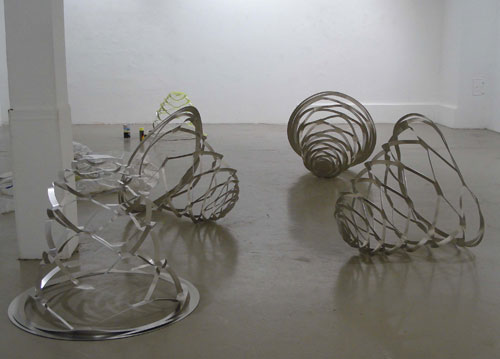 |
|
The Wangshi Master of Nets garden has been added to the United Nations list of world cultural heritage sites. Although it is spread over an area of barely 2½ acres (10,000 sqm), it is small but exquisite. It still has an intact residence and dense flower garden, which is seldom found even in other Suzhou gardens. Its clear structure creates an effect of gardens within a garden and scenes beyond the scene. The garden's buildings are built next to ponds and lakes, giving them a view overlooking the water. Most buildings are small and delicate and harmoniously grouped with rocks and plants.
The Yibu bridge, the smallest arched stone bridge in China, which can be crossed in a single step, is found in the eastern part of the garden. The Wangshi Garden is also renowned because of the inventory of its buildings. Classical furniture of various feudal dynasties can be admired here.
|
|
The Wangshi Garden goes back to the Southern Song Dynasty (1127-1279). It developed from a garden called "A garden with 10,000 books", which had been previously built by a person named Shi Zhengzhi. In following dynasties, the garden frequently changed hands, until it became the property of the government in the 1950s and experienced a new renaissance. In 1957, the Wangshi Garden underwent thorough renovation along with the Hanbi spring, the Tiyun hall and Lengquan pavillion. Since its re-opening in 1958, over one million yuan have been spent to renovate it. In the 1980s, the 600 sqm cloud cave was restored. It is used today as a souvenir shop and is frequented by many tourists.
|
